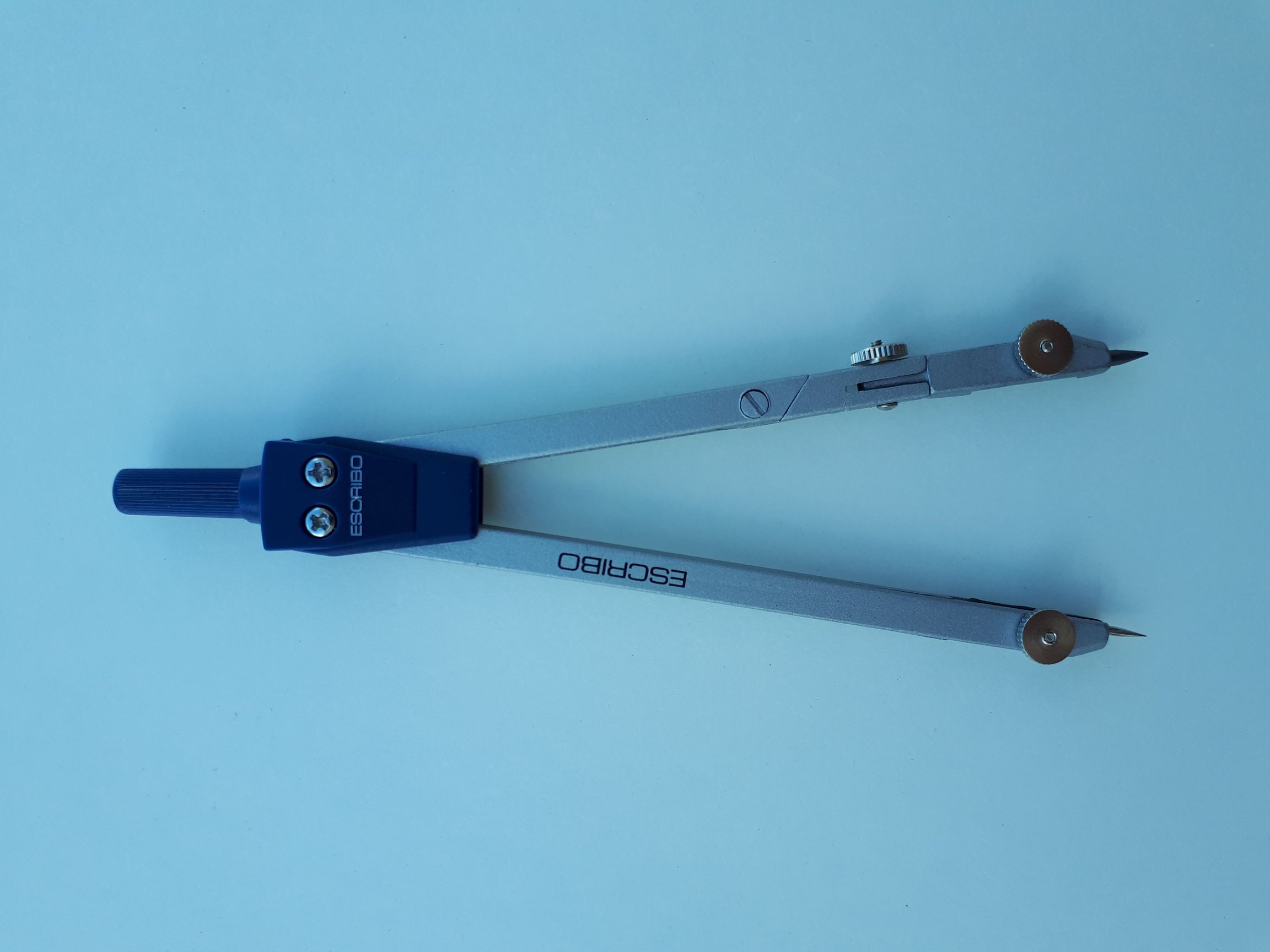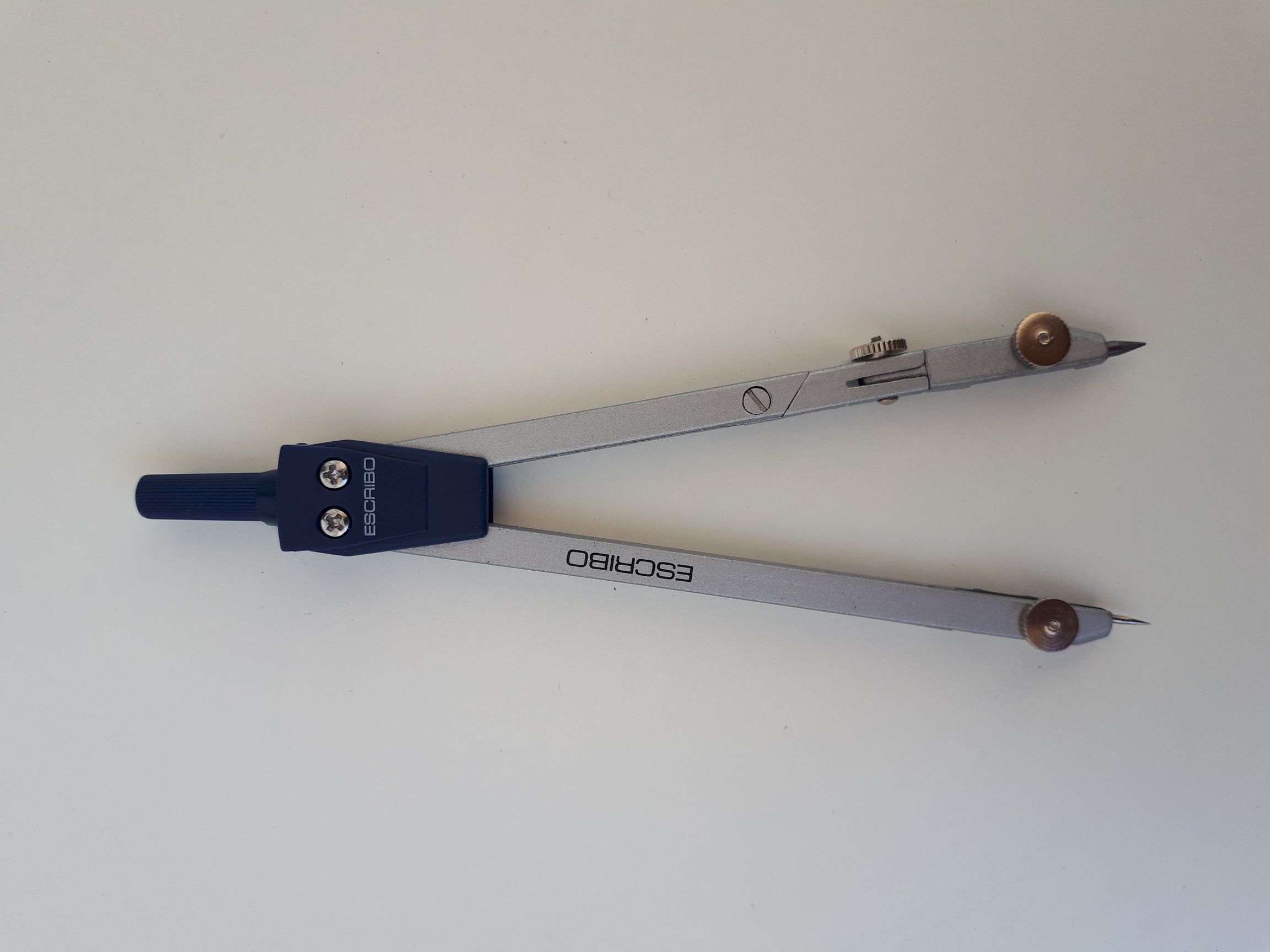Sometimes when I take photos with my smartphone, the white objects or the white backgrounds become blue. Most of the time it happens when the location is a bit shadowed, but sometimes it happens in the same lighting conditions to have one correct photo and another one with this blue effect. My phone is a Samsung Galaxy A5 (2017) but this defect happened with my previous phone too (ZTE Blade L5 Plus) so seems it like a common problem.
It always happened to me when using natural light - although the photos are taken inside - and the defect appears when the sun is not visible by the window (diffuse light but not very bright)
What's the name of this image defect? And does it happen with regular photo cameras too?
Here's some sample photos:  -
- 
Later edit: Indeed, I think this question is a duplicate of the other question but the answers and the sample images are quite better
Answer
Your camera, for whatever reason, is setting the color temperature and white balance at different points for the two images.
That gives it what we often call a color cast, tint, or hue which simply means the white balance used to interpret the raw data from the sensor was not correct for the light that illuminated the scene and gives it a predominance of one color that causes the rest of the colors to look inaccurate. Incorrect white balance means the exact same thing. Incorrect color temperature is near synonymous.
Different light sources emit light at different color temperatures. Even "white light" sources that emit light that includes most or all of the visible spectrum have most of their light centered on various color temperatures. This affects the color of the things they illuminate. Light sources that emit a more limited spectrum of the range of wavelengths we call visible light are even more problematic when we try to balance them to get accurate color.
Our eye/brain systems are incredibly good at adapting to various sources of lighting, particularly those that have been found in nature since the dawn of time and those artificial sources we have invented that closely mimic such natural light sources. Our brains can compensate for the differences in light and we perceive most objects to be the same color under different types of light sources.
Cameras, however, must adjust the bias they give to the red, green, and blue channels in the images they capture. Unless we have told the camera, via a setting such as 'daylight' or 'shade' or 'fluorescent' or 'tungsten', what the color of the light source is it has to make an 'educated guess' based on clues in the scene. When scenes don't give the expected clues, such as the brightest parts of the scene is not a neutral/white color, the camera can often get it wrong. Another scenario that can often fool cameras is when most of the frame is a uniform brightness which the camera will attempt to expose as a medium brightness halfway between pure white and pure black.
No comments:
Post a Comment